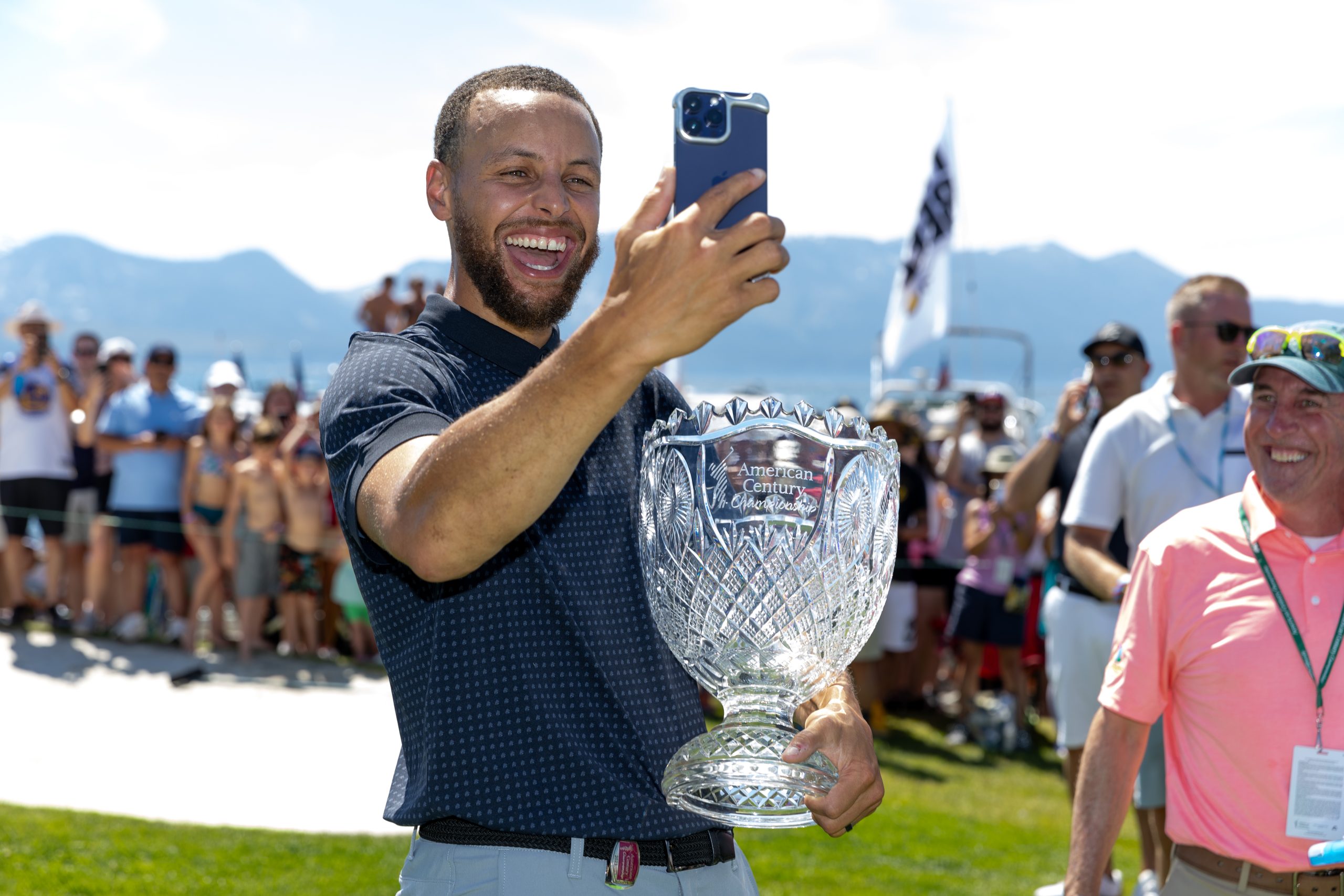This year marks the first time in the 14-year history of SportsPro’s 50 Most Marketable Athletes (50MM) that qualitative research has been integrated with quantitative metrics to determine the final ranking. Doing so has allowed us to continue to raise the bar on providing the most comprehensive understanding of an athlete’s marketability.
The integration of qualitative research into our 50MM athlete marketability model was always part of NorthStar’s vision upon partnering with SportsPro in 2022, when we set out to reimagine and construct the most complete picture of athlete marketability in the sports industry. It has now become a reality in the second year of our long-term partnership.
Through qualitative research, we’ve been able to obtain a rich, storytelling understanding of what athletes are saying or expressing on a variety of topics essential to measuring athlete marketability that can’t be captured in quantitative measurements or through automated processes.
There are several types of qualitative research, each with its own processes, methodologies, and applications, such as in-depth interviews, focus groups, and open-ended survey questions. The qualitative research method we integrated into the model for this year’s 50MM was a social media ethnography, which captured the athletes’ organic, unfiltered conversations shared about themselves on social media.
The social media ethnography consisted of the following approach:
- We first captured a statistically representative sample of athletes’ opinions, perspectives and expressions over a 12-month period, as conveyed on YouTube, TikTok, Twitter, Facebook and Instagram.
- We then applied traditional qualitative market research methods of manually coding or categorising the nuanced and context-rich opinions, thoughts and expressions about each athlete considered into themes with near 100 per cent accuracy.
- We then analysed the patterns and insights derived from the quantified themes.
We applied this social media qualitative approach to four of the 14 drivers listed below in our 50MM model. Each of these four drivers is weighted and thus affects an athlete’s overall ‘Athlete Marketability Score’ (which is the sum of three pillars: athlete brand strength, total addressable market, and economics).
The four drivers on which we conducted qualitative research along with their respective definitions are as follows:
- Athlete authenticity: Refers to the genuine and honest representation of an athlete’s true self, both on and off the field.
- Athlete’s purpose, mission and values (PMV): Refers to the following as defined by its separate components: (1) Purpose: The extent to which an athlete sees their role in inspiring society beyond how they excel in their sport; (2) Mission: An athlete’s long-term goals and aspirations to positively impact society beyond the sport in which they play; and (3) Values: The set of core values that guide the actions and decisions of an athlete both on and off the field of play.
- Social return on investment (ROI): Refers to the assessment and quantification of the social and community benefits that an athlete generates through their actions, influence and engagement, both within and outside their respective sport.
- Environmental return on objective (ROO): Refers to the measurable outcomes or achievements related to an athlete’s efforts or initiatives in the realm of environmental conservation, sustainability, or advocacy.
Let’s bring this qualitative social media ethnography approach to life through one of the four drivers above: athlete authenticity.
There were 17 themes identified for this metric including an athlete’s activities, hobbies and interests; personal and professional challenges; and friends, familial and pet relationships. Every time an athlete mentioned or expressed one of these themes on YouTube, TikTok, Twitter, Facebook or Instagram, based on their statistically representative sample of mentions, we quantified it.
We thus could not only see patterns developing for each of these themes for any of the athletes but also how an athlete’s themes compared to those of other athletes.
NorthStar’s social media ethnography approach seeks to measure an athlete’s authenticity when posting online by quantifying the extent to which they share content around their personal lives
Why qualitative research matters and what it means for the 50 Most Marketable Athletes model
1. There is now more nuanced meaning to the 50MM rankings
The qualitative research allows NorthStar and SportsPro to rank more precisely and comprehensively the 50 Most Marketable Athletes globally, capturing insights essential to athlete marketability that quantitative metrics or automated tools alone can’t capture. It also helps us validate and articulate in a more in-depth, contextualised and substantive manner as to how and why athletes are ranked higher or lower than others.
2. There is greater weight given to athletes who communicate on video-based social channels
The future of any sport lies in the reach and engagement of its younger audiences, including the extent to which younger generations play, view and attend live sporting events, or even play video game versions of the sport.
Millennial and particularly Gen Z audiences have increasingly been preferring to spend time on video-based social channels such as TikTok and YouTube, where the engagement levels are higher than on any other social platform.
Athletes that effectively reach and engage these younger audiences through video-based social channels foster deeper connections with fans. This also makes them more likely to receive sponsorships from brands seeking to activate the athlete’s more engaged video-based social media followers.
3. The topics athletes choose to talk about have an impact on their long-term marketability
Audiences of all ages are drawn to athletes who are more authentic and relatable. Sponsors are also looking to align their brands with athletes who convey similar values both on and off the field of play. Thus, what an athlete chooses to say or express to their audiences matters not only for the 50MM ranking, but also for their career longevity.


